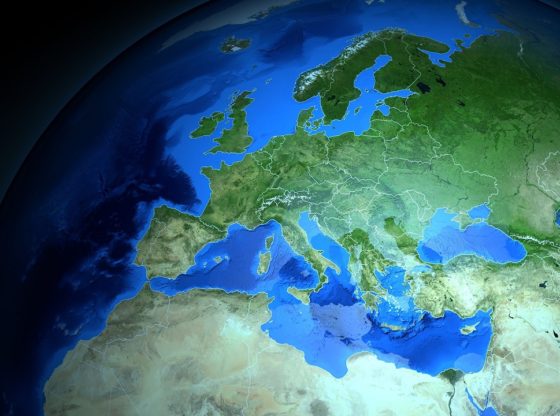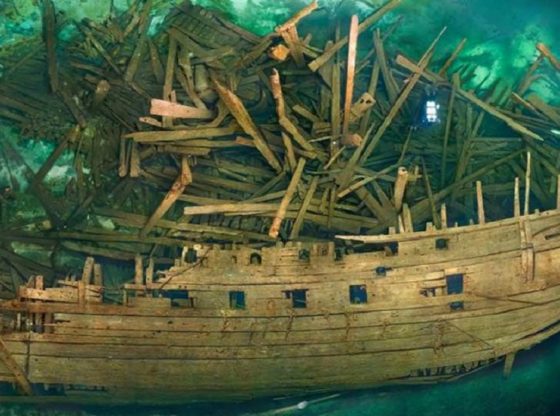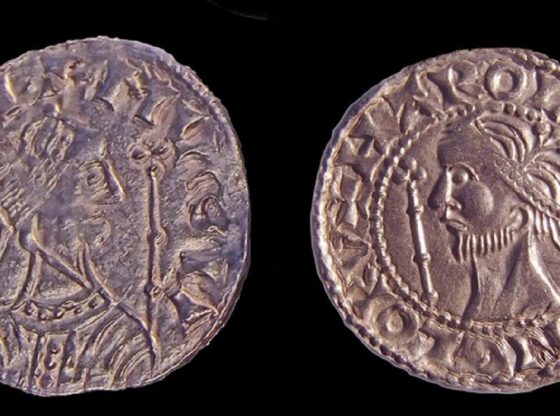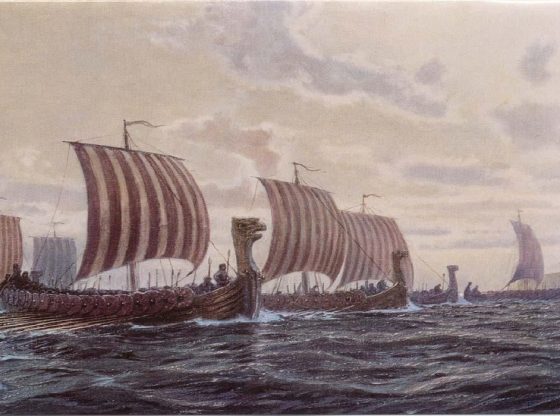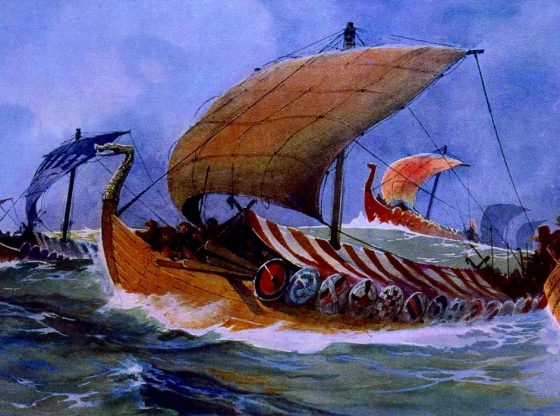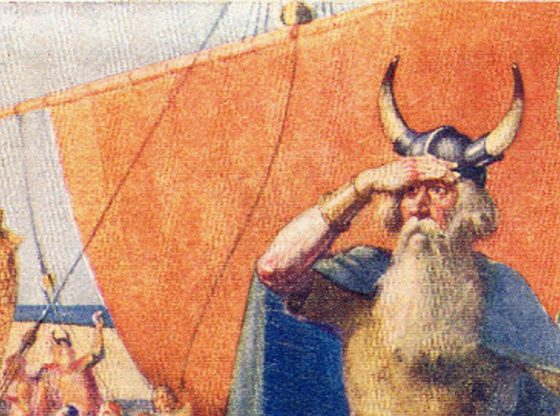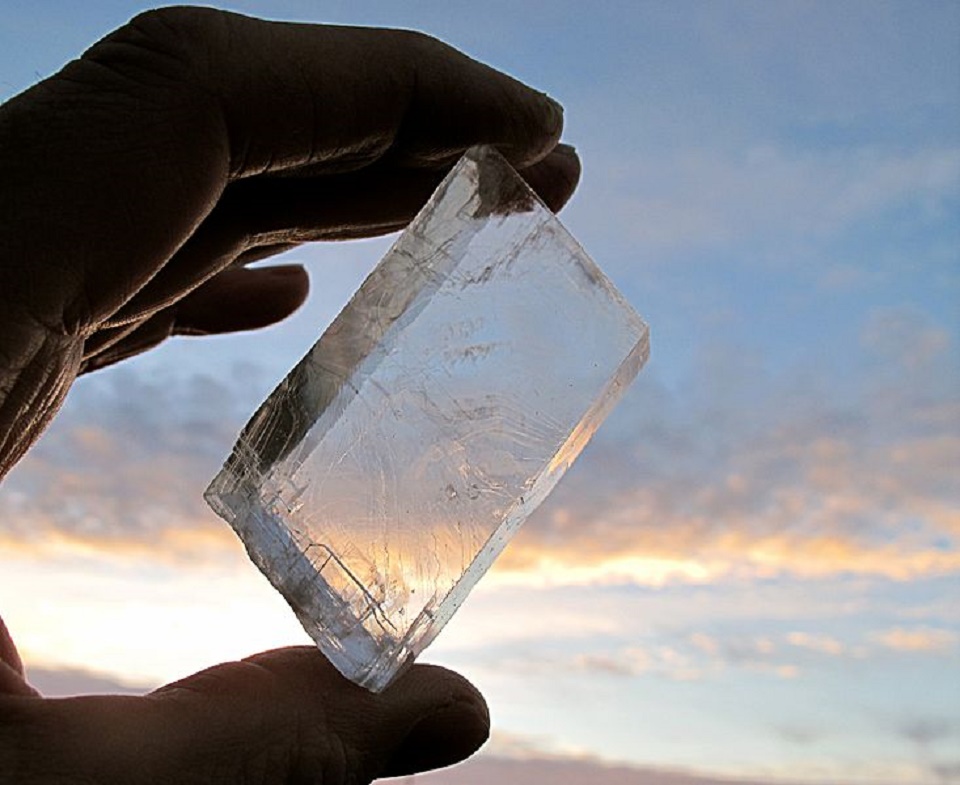
The Sunstone is a type of mineral mentioned in many 13th and 14th century written sources from Iceland. It is then described by how the stone was used to locate the sun on days when the sky was overcast. And the theory is that these stones were also used as a navigation instrument by seafarers much earlier than the middle ages. By the great seafaring Vikings as they sailed all the way to North America. And now some new finding in England may prove this theory to be true.
Navigating the high seas: A difficult task
It is indeed difficult to navigate the high seas and there is a natural need for instruments to make it possible to keep track of general directions. And the longer and further out the sea, you travel, the more urgent this need becomes. Many such instruments have been used throughout the history of human ocean exploration. A progressive development of more and more advanced instruments to enable more sensitive measurement of cardinal directions.
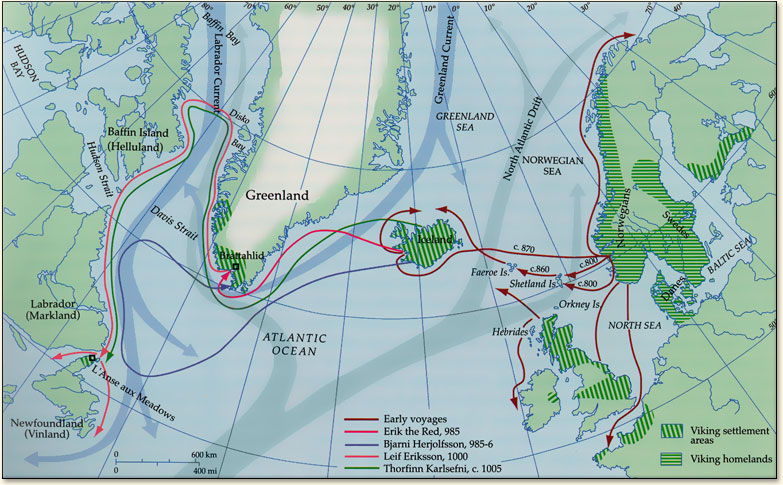
The mariner’s compass, the astrolabe, the sextant, maps, calipers and ship logs have all been important tools in history used by ocean navigators. The seagoing chronometer was invented in 1764 by a British clockmaker named John Harrison. This invention was perhaps then the most important advance in marine navigation since it made it possible for open-ocean mariners to make an exact calculation of longitude for the first time. In the modern era, all these tools have been largely replaced by electronics and technological equivalents, such as RADAR, LORAN, and GPS.
But what about ancient times?
Well, the Vikings are believed to have navigated the high-seas reaching as far as lands such as Iceland, Greenland and even North America. And they were probably using an instrument called a sun compass or “solar compass”.
This compass shows the correct direction by a vertical pointer on a horizontal surface, on which the shadow of the pointer, the so-called “gnomon”, is drawn throughout the day. This shadow curve is different at different latitudes and at different times of the year, so in order to use it for navigation, a series of curves is necessary. However, this compass naturally requires the sun to be shining and clear skies to be used – something that seldom certain all year around out at sea.
The Vikings sagas describe the use of a so-called sunstone, a stone that could help navigators find the sun even on a cloudy day. In the Crafts Saga, it is written: “the weather was thick and stormy … The king looked about and saw no blue sky … then the king took the sun-stone and held it up, and then he saw where [the Sun] beamed from the stone.”
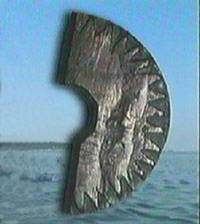
Now, a sunstone may have been found by a team of researchers from the University of Rennes in France. They made the discovery when examining the wreck of a British ship sunk off the island of Alderney in 1592. Many hundreds of years after the Viking Age, but it is believed to have still been in use by some mariners.
Closer analysis of this stone has shown it to be that of Iceland spar, which is a form of calcite known for its property of diffracting light into two separate rays. But this calcite is only found in Iceland by which its name is derived, and since Vikings indeed made Iceland their home, the finding does support the theory that Vikings used both the sun compass and the sunstone to sail their longboats to explore and also conquer parts of Europe, Greenland, Iceland, Russia, as well as North America.
_______________
A depolarizer as a possible precise sunstone for Viking navigation by polarized skylight
______________________________


